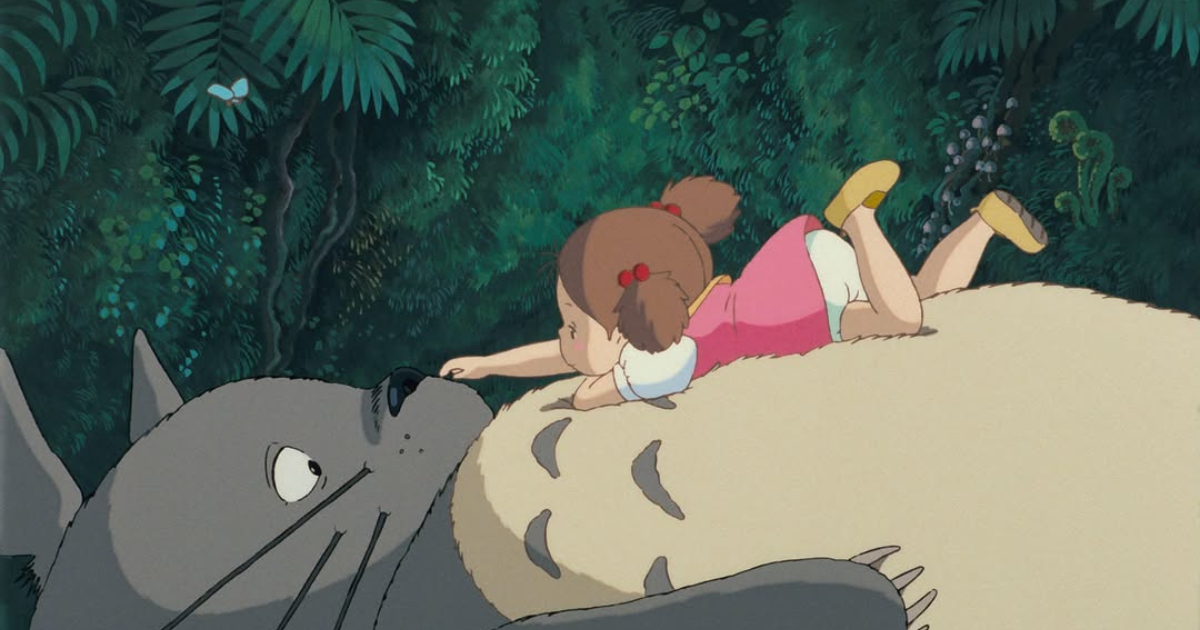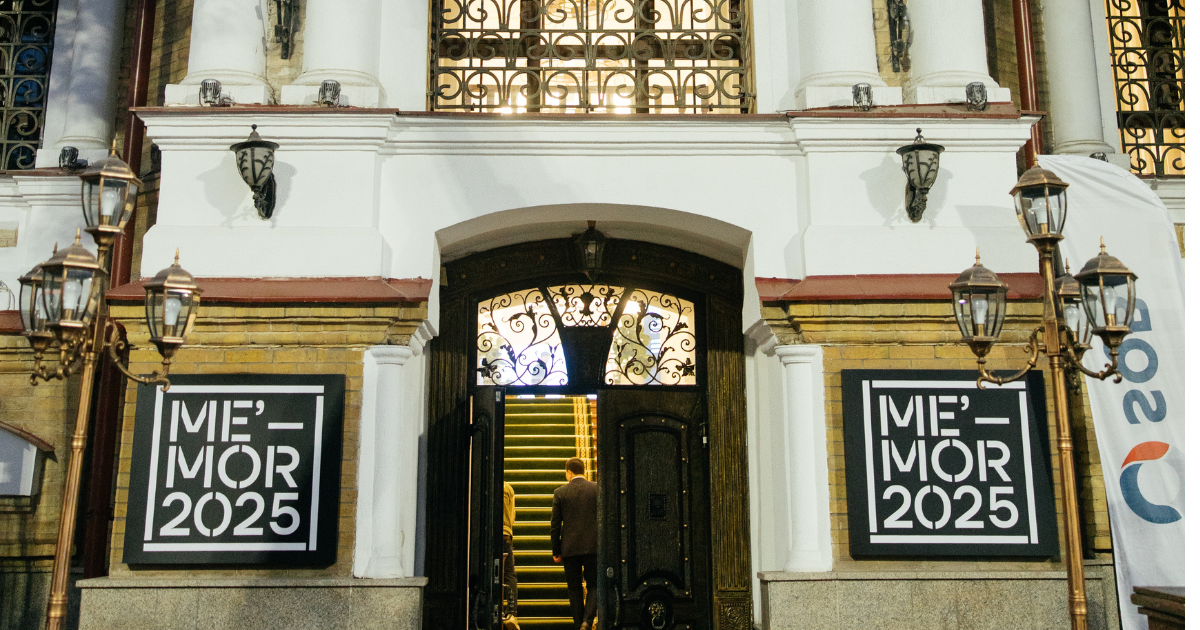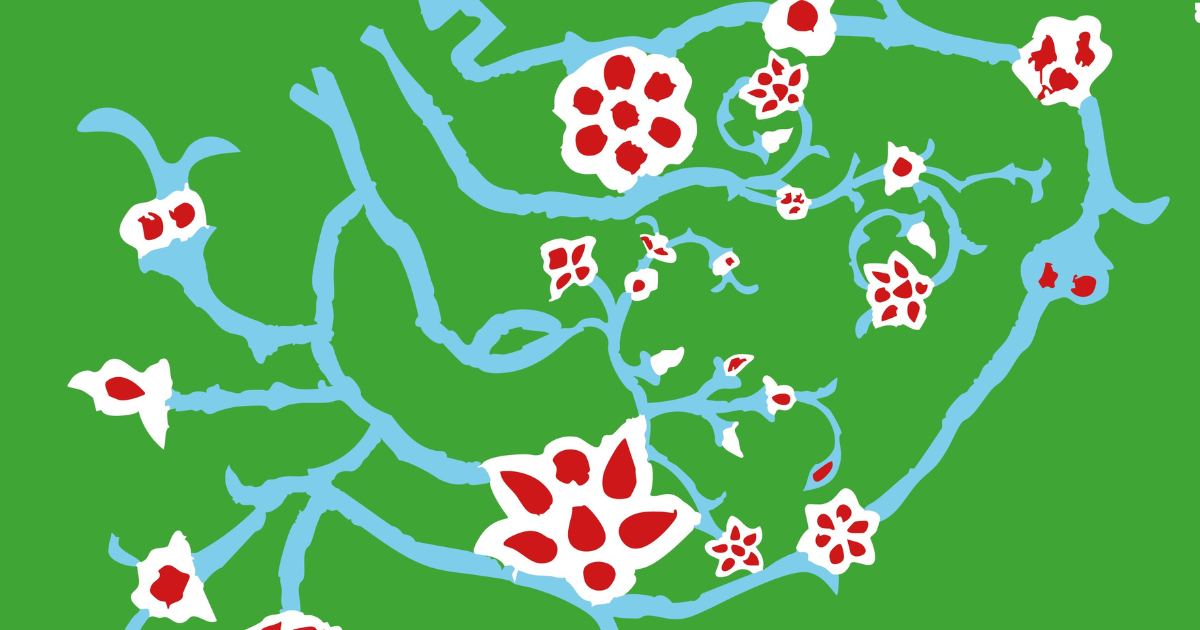A kaleidoscope of Hayao Miyazaki’s worlds
Tracing the magic and philosophy of a master

The work of Hayao Miyazaki undoubtedly transcends the boundaries of anime and even Japanese animation in general. It is unique in global art, free from cultural or linguistic limitations.
While many factors contribute to Miyazaki’s distinctiveness, his unparalleled ability to infuse everyday life themes with magic is the key element that sets him apart from his contemporaries.
In 2013, at 72, Miyazaki announced his retirement from directing, leaving his devoted fans in deep sorrow. Many perceived this as the end of an era in Japanese animation history. Despite anime’s often niche appeal, Miyazaki’s works resonated with a wide audience and earned worldwide recognition.
However, to the delight of his admirers, he didn’t keep his word. In 2023, the master returned with the premiere of his animated film ‘How Do You Live?’, internationally titled ‘The Boy and the Heron.’
This year, the legendary director turns 84. It remains uncertain how many more masterpieces we will witness from Miyazaki in the future.
Hayao Miyazaki was born in 1941 in Tokyo. His early years were marked by the hardships of wartime. During the height of the Pacific War, Tokyo was frequently bombed, and in 1944, his family was forced to evacuate to the north of the capital.
Although these childhood memories undoubtedly left a lasting impression on Miyazaki, he rarely directly addressed them in his works.
During middle school, he realized that his passion for drawing was serious, and he dreamt of becoming a mangaka – a comic book artist.
At the age of 17, he attended the premiere of ‘Legend of the White Snake,’ Japan’s first full-length color animated film. This experience became a defining moment in his life, steering him toward a career in comics and animation. The film left a deep impression not only on the young Miyazaki but on the entire nation. The strong female protagonist particularly inspired him, influencing the characterization of future heroines like Sheeta from ‘Castle in the Sky’ and San from ‘Princess Mononoke.’
After graduating from university, Miyazaki began his career as an assistant at Toei Animation, one of Japan’s largest animation studios. However, the demanding working conditions soon made him question his career choice.
A pivotal moment came in 1964 when he attended a screening of ‘The Snow Queen’ (1957) by Lev Atamanov, organized by the company’s labor union. This Russian animated film left a profound impact on Miyazaki, shaping his perception of animation. A poster of ‘The Snow Queen’ with the caption "My fate and my favorite film" now hangs in the Ghibli Museum.
Miyazaki later admitted, "If I hadn’t seen ‘The Snow Queen’ at that screening, I honestly might have seriously doubted my future as an animator."
There are significant differences between Miyazaki’s style and that of his American counterparts. His films are characterized by rich visual imagery and a unique narrative rhythm.
These distinctions stem from the economic realities of Japanese animation during Miyazaki’s early career. While American studios could afford 24 hand-drawn frames per second, which required significant time and resources, Japanese animators, working under tighter budgets, often used only 12 frames per second. This sped up production but compromised character expressions and animation quality.
Miyazaki, however, found a creative solution to overcome these technological limitations. A notable example is a scene from ‘Spirited Away’ where Chihiro’s hair stands on end in response to a foul-smelling spirit. This vivid, memorable visual effect, frequently seen in his works, became a hallmark of his style.
In his films, Miyazaki skillfully intertwines human experiences with pressing political themes, particularly environmental conservation and pacifism.
One striking example is ‘Howl’s Moving Castle’ (2004), where anti-war motifs subtly permeate the storyline. While these themes might not be immediately apparent to casual viewers, recognizing them adds depth to the film’s narrative, enhancing its impact.
Pessimism is a recurring motif in Miyazaki’s work. Though often described as a kind storyteller, his films are imbued with tones of sadness, fear, and anger. The fear of death in ‘My Neighbor Totoro,’ the horrors of war in ‘Nausicaä of the Valley of the Wind,’ and the outrage at unchecked industrialization in ‘Princess Mononoke’ – these dark undertones are especially prominent in ‘Princess Mononoke.’ Yet, Miyazaki’s faith in nature, the younger generation, and humanity as a whole prevents his films from becoming mere condemnations of mankind.
Miyazaki’s creations stand out for their complex characters, free from clear moral judgment. His works, inspired by Shinto values, exhibit a profound respect for cultural heritage while offering a contemporary perspective on life. Miyazaki firmly believes that old age is not an end but the beginning of a new chapter filled with opportunities for positive change.
He does not simplify his films for children. Instead, his works are characterized by intricate plots and often contain esoteric elements. Unlike the conventional Hollywood approach of starting with a script and then adding animation, Miyazaki begins with visual storyboards, from which the narrative organically develops.
Hayao Miyazaki exemplifies the importance of defying stereotypes, telling compelling stories, and establishing a genuine connection with audiences. He emphasizes that pursuing dreams and striving to change the world is a natural endeavor, one that can be beautifully conveyed through a single piece of art.


